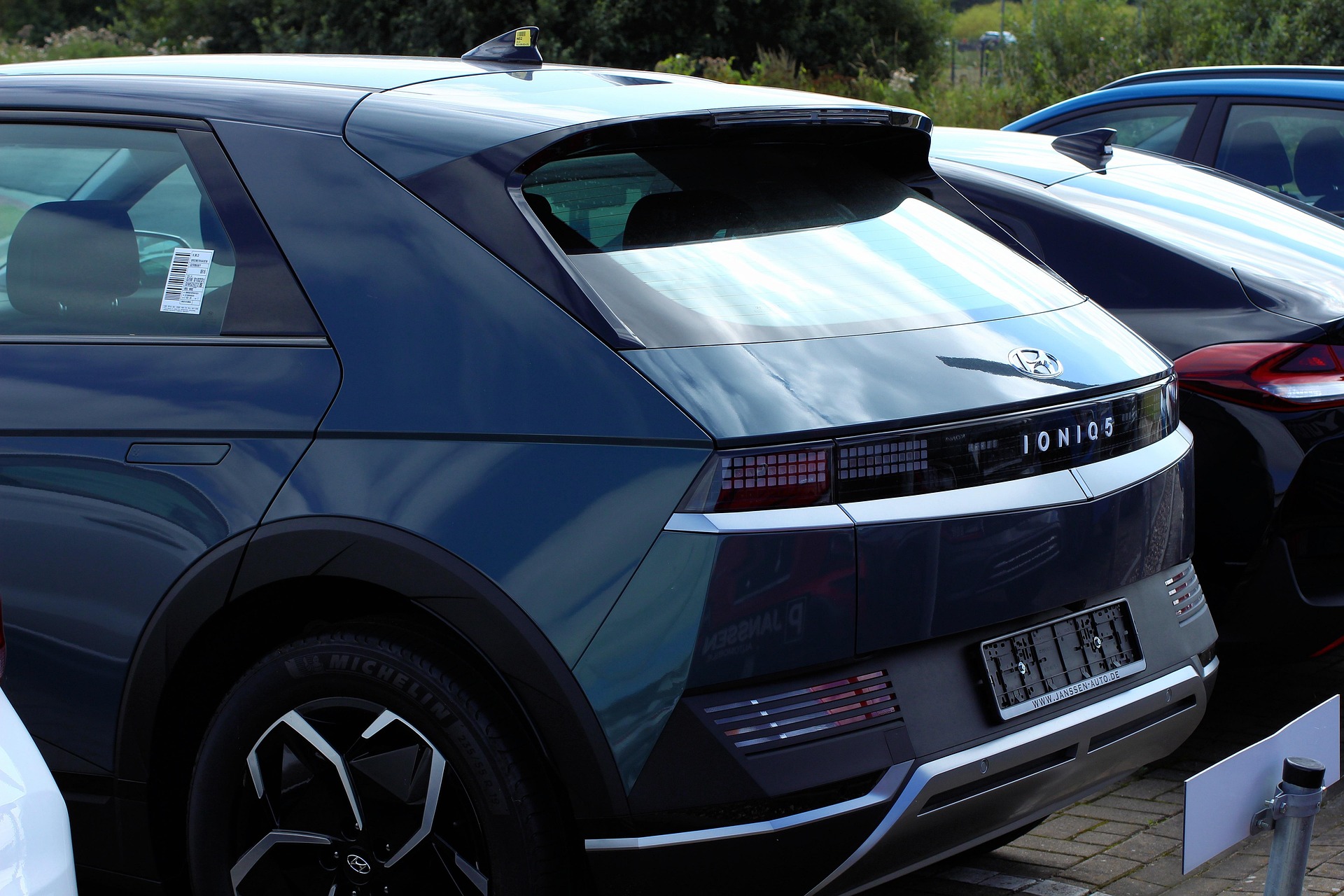The Rise of Electric Vehicles: Unpacking the Technology Powering the EV Boom
As the world shifts towards a greener future, the rise of electric vehicles (EVs) has become a pivotal movement in the automotive industry. Once considered niche, EVs are now at the forefront of technological innovation and environmental consciousness. This rise is not just about reducing carbon footprints; it’s about embracing cutting-edge technology that promises to reshape transportation. In this blog post, we’ll dive into the fascinating technology powering the EV boom and explore why these vehicles are set to dominate the roads.
A Brief History of Electric Vehicles
The journey of electric vehicles is not as recent as one might think. In fact, the first electric car was developed in the early 19th century. However, it wasn’t until the 21st century that EVs began to gain significant traction, thanks to advancements in battery technology, increasing environmental awareness, and supportive government policies.
Key Drivers Behind the Rise of Electric Vehicles
Several factors have contributed to the recent surge in electric vehicle popularity:
- Environmental Concerns: With climate change at the forefront of global issues, EVs offer a cleaner alternative by reducing greenhouse gas emissions.
- Technological Advancements: Improvements in battery life, charging infrastructure, and performance have made EVs more practical and appealing.
- Economic Incentives: Many governments offer tax rebates and incentives to encourage the adoption of electric vehicles.
- Consumer Demand: Increasing awareness and demand for sustainable products are driving the market towards electric solutions.
The Technology Behind Electric Vehicles
Advanced Battery Technology
At the core of electric vehicles lies advanced battery technology. Lithium-ion batteries have become the standard due to their high energy density and long life cycle. Recent innovations are pushing the boundaries even further:
- Solid-State Batteries: These promise increased range and faster charging times, as highlighted in recent TechCrunch reviews. They replace the liquid or gel-form electrolyte with a solid, making them safer and more efficient.
- Battery Recycling: Companies are investing in recycling technologies to minimize waste and reduce the environmental impact of battery production.
Electric Motors and Power Electronics
Electric motors convert electrical energy into mechanical energy, allowing EVs to move efficiently. Recent advancements include:
- Permanent Magnet Motors: Known for their efficiency, these motors use magnets to produce torque, reducing the energy required from the battery.
- Regenerative Braking Systems: This technology recovers energy typically lost during braking and feeds it back into the battery, extending the vehicle’s range.
Charging Infrastructure
A robust charging infrastructure is critical for the widespread adoption of electric vehicles. Recent developments include:
- Fast Charging Stations: Companies like Tesla and ChargePoint have rolled out fast-charging networks that can recharge an EV in minutes rather than hours.
- Wireless Charging: Emerging as a convenient solution, wireless charging pads allow for hassle-free charging without cables, similar to the technology used in modern smartphones.
The Future of Electric Vehicles
Autonomous Driving and Connectivity
The future of electric vehicles is intrinsically linked with autonomous driving technology. As highlighted in a recent article by The Verge, the integration of AI and machine learning in EVs is paving the way for self-driving cars. Key aspects include:
- Advanced Driver-Assistance Systems (ADAS): Features like adaptive cruise control and lane-keeping assist enhance safety and comfort.
- Vehicle-to-Everything (V2X) Communication: This enables EVs to communicate with other vehicles and infrastructure, improving traffic flow and safety.
The Road Ahead: Challenges and Opportunities
While the rise of electric vehicles is promising, several challenges remain:
- Range Anxiety: Despite advancements, range anxiety—concerns about running out of power—remains a barrier for potential EV buyers.
- Cost: Although prices are dropping, EVs are still generally more expensive than traditional vehicles.
- Supply Chain Issues: The demand for materials like lithium and cobalt poses a challenge for battery production.
On the flip side, these challenges present opportunities for innovation and growth. Companies are racing to develop more efficient batteries, reduce costs, and expand charging networks.
Conclusion: Embracing the Electric Vehicle Revolution
The rise of electric vehicles marks a significant shift in how we perceive transportation. With continuous technological advancements and a growing commitment to sustainability, EVs are not just a trend—they are the future. As we unpack the technology behind this boom, it’s clear that electric vehicles are set to redefine how we travel, offering a cleaner, smarter, and more connected world.
For tech enthusiasts and environmentally conscious consumers alike, now is the time to embrace the electric vehicle revolution. As we drive towards a more sustainable future, the technology powering the EV boom promises to lead the way. Keep an eye on this space, as the innovations in electric vehicles are only just beginning to unfold.

